Composting is an invaluable process for gardeners, converting garden waste into a marvellous product for mulching, potting and improving our soil. Horticultural Advisor Adrian Thorne shares his top tips
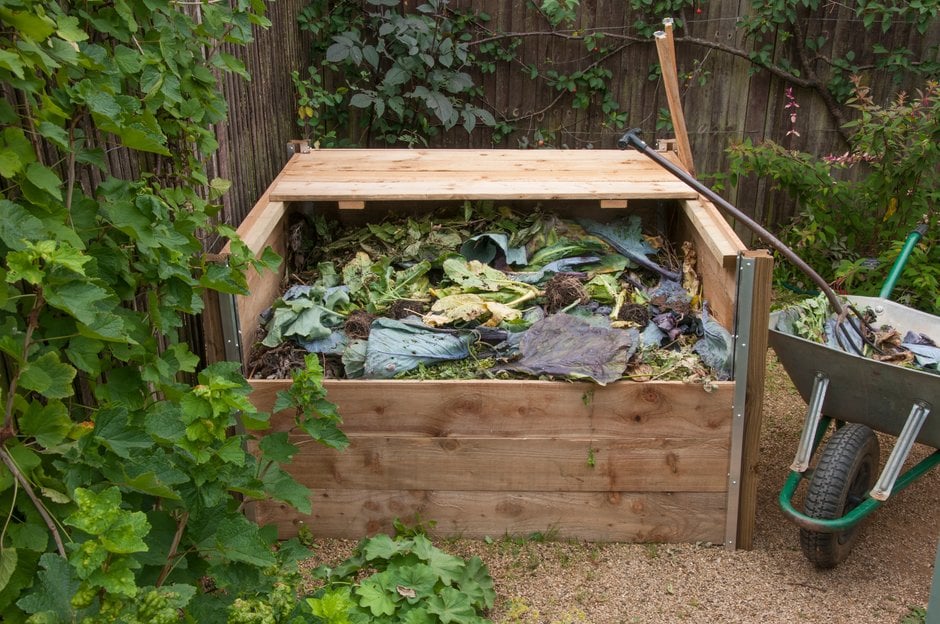
 Composting is the breakdown of organic matter by microorganisms such as fungi and bacteria, and invertebrates such as worms. These tiny creatures need air and water, and a certain amount of warmth, to live, so always keep that in mind when making your own compost: if these microscopic creatures live well, they can break down the waste from our garden and kitchen faster, turning it into rich and nutritious free product to improve our soil and boost our crops.
Composting is the breakdown of organic matter by microorganisms such as fungi and bacteria, and invertebrates such as worms. These tiny creatures need air and water, and a certain amount of warmth, to live, so always keep that in mind when making your own compost: if these microscopic creatures live well, they can break down the waste from our garden and kitchen faster, turning it into rich and nutritious free product to improve our soil and boost our crops.
When you’re starting out with composting, the first thing to consider is where your compost creatures would like to live, and therefore where to site the compost heap. It’s not the most attractive garden feature, so although somewhere with good light is warmer and so better for my composters, like most folk, I’ve got mine tucked away out of sight so it’s a little bit shaded. A compost bin that’s open to the soil beneath is best, where possible.
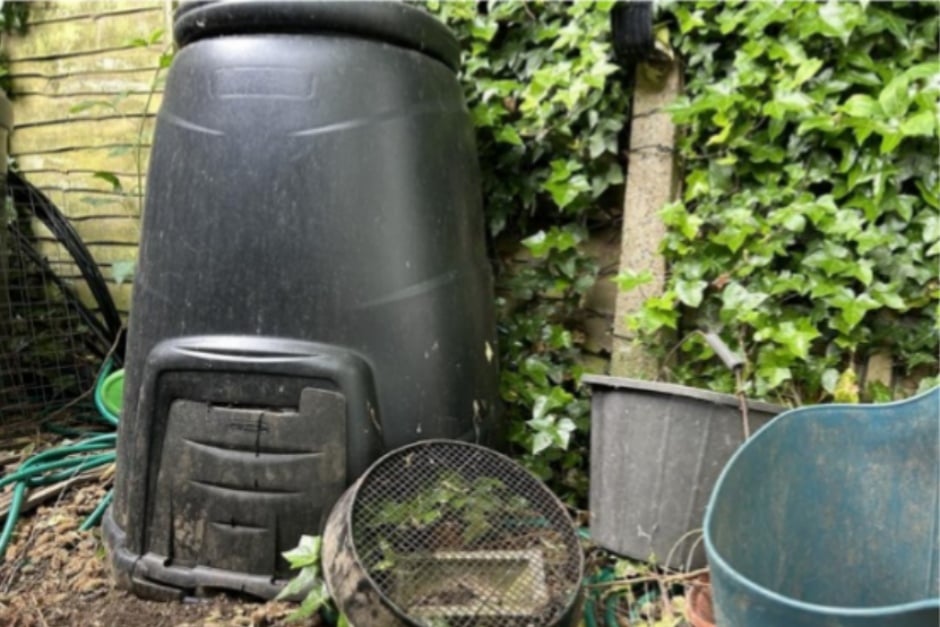 The second step is to consider what accommodation your creatures would like, so what container type to choose. I recommend sticking to a size you can physically manage. My medium-sized suburban garden has a plastic Dalek-style compost bin (above), and it’s just enough space if I manage it well. I’d like to be using a more sustainable material than plastic, but it was a hand-me-down, so it’s getting a second life. If like me you don’t have enough space for wooden compost bins, it’s always well worth looking for a second-hand bargain in your local area rather than buying one of these Daleks new.
The second step is to consider what accommodation your creatures would like, so what container type to choose. I recommend sticking to a size you can physically manage. My medium-sized suburban garden has a plastic Dalek-style compost bin (above), and it’s just enough space if I manage it well. I’d like to be using a more sustainable material than plastic, but it was a hand-me-down, so it’s getting a second life. If like me you don’t have enough space for wooden compost bins, it’s always well worth looking for a second-hand bargain in your local area rather than buying one of these Daleks new.
Thirdly, think about what would the creatures would like to eat – in other words, deciding what to compost. Ideally, we should separate our green waste (nitrogen-rich) from our brown waste (carbon-rich) and add it to the heap in a very approximate ratio of 1:2 – i.e. adding twice as much woody waste as softer green waste. But honestly, that’s too time consuming for me – I just chop up the waste and throw it in the compost bin as the garden creates it, with a view to keeping a balance between the two colours. Chopping any bigger bits with secateurs speeds it up and also makes it far easier to turn. I avoid adding persistent weeds, or anything common sense tells me that I don’t want in the garden. I also don’t add meat, dairy products or oily foods, as they can attract pests and create unpleasant odours.
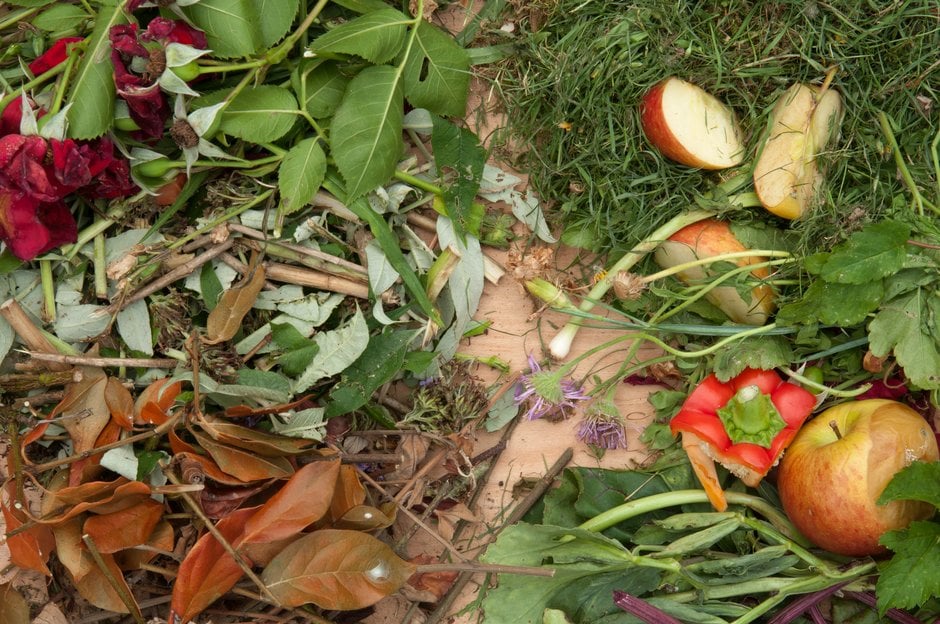 Finally, there’s the air and water your creatures need in their lives. Air is mixed in when we turn the heap – if we don’t do this, anaerobic conditions can form, which can stall the heap and cause unpleasant smells. I find that roughly mixing up the compost in my bin with a garden fork is enough. Ideally, I’d do this weekly, but mostly I have to settle for every few months. Keeping it turned and mixed makes the next turn easier – old, neglected compost heaps can be difficult to turn at first.
Finally, there’s the air and water your creatures need in their lives. Air is mixed in when we turn the heap – if we don’t do this, anaerobic conditions can form, which can stall the heap and cause unpleasant smells. I find that roughly mixing up the compost in my bin with a garden fork is enough. Ideally, I’d do this weekly, but mostly I have to settle for every few months. Keeping it turned and mixed makes the next turn easier – old, neglected compost heaps can be difficult to turn at first.
In terms of moisture, your compost should feel like a wrung-out sponge, and adjustments may be needed. If it’s too wet, add more brown material, such as shredded paper, or cardboard with any tape removed. Soggy compost gets cold, and this slows the microorganisms right down, so covering your heap can be a good option. A cover can make it too dry in hot weather, so if it’s too dry, water your compost heap. Remember your microorganisms are living creatures!
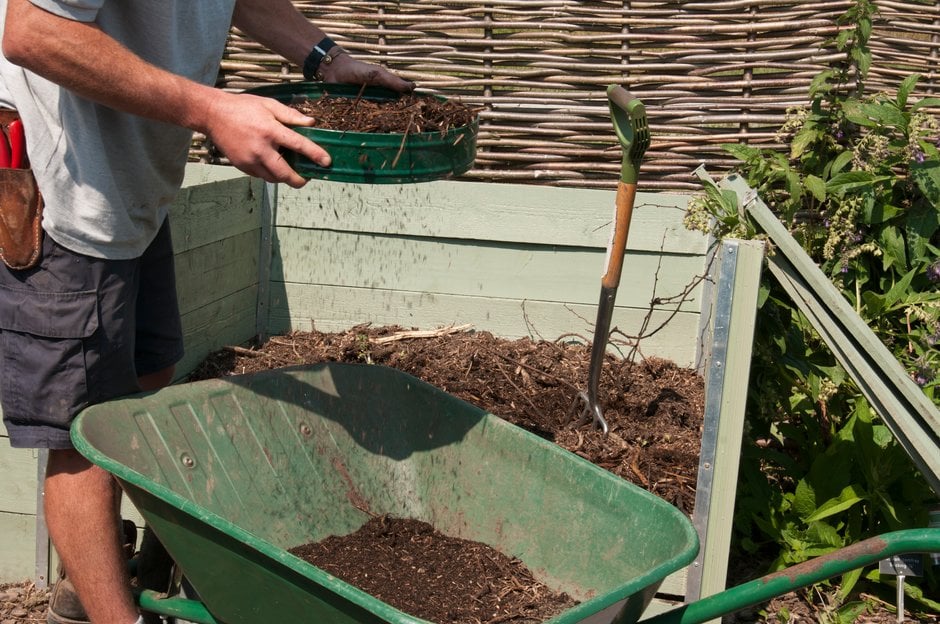
The time it takes to become dark and crumbly, and smell earthy, depends on lots of things, but it’s ready when it’s ready! I use a riddle to sieve my compost, like the one above. Anything that goes through is ready for my garden, and anything that doesn’t goes back into the top of the compost bin, where it will reintroduce microorganisms to the newer green waste.
Happy composting!
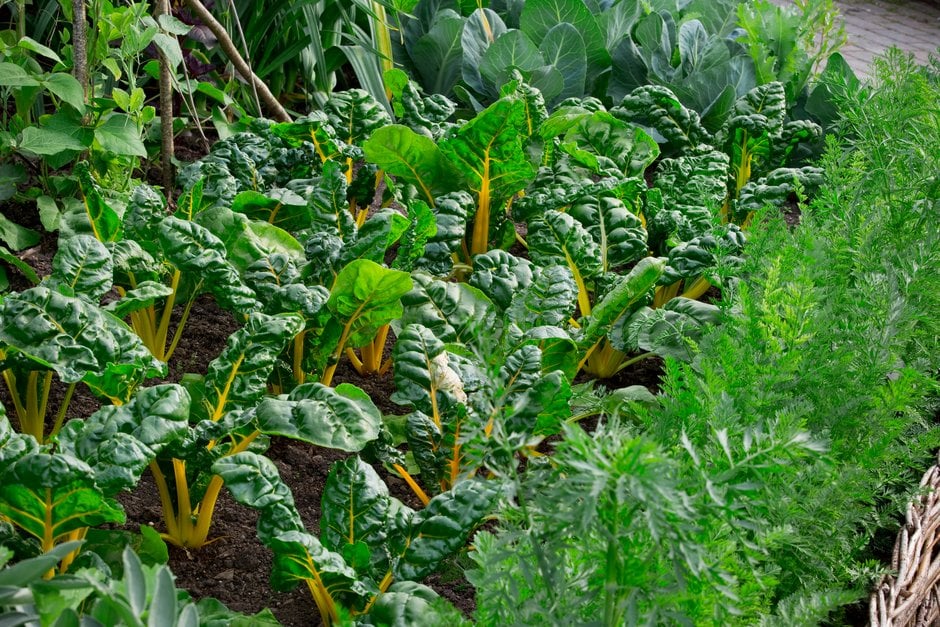
You may also be interested in
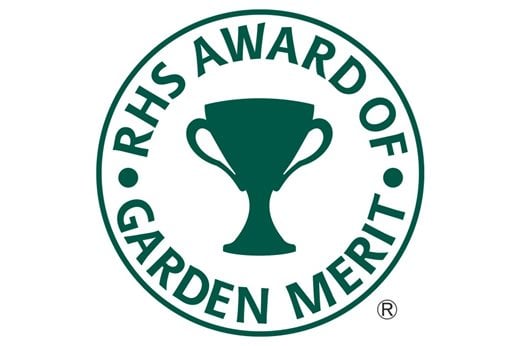 Look for the RHS Award of Garden Merit (AGM) when buying vegetable seed or small plants. You can also download the RHS lists of recommended cultivars.
Look for the RHS Award of Garden Merit (AGM) when buying vegetable seed or small plants. You can also download the RHS lists of recommended cultivars.
About the author – Adrian Thorne
Adrian Thorne is an RHS Horticultural Advisor with a garden on heavy clay, a family and a dog that enjoys digging up plants. He has become increasingly interested in growing his own food and low-carbon gardening over recent years.

